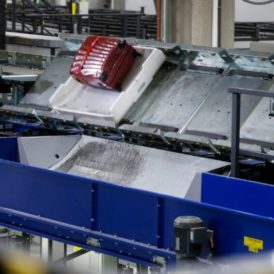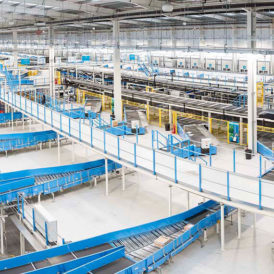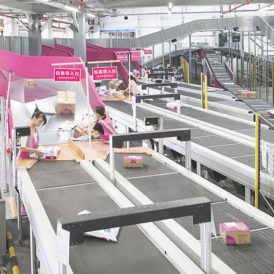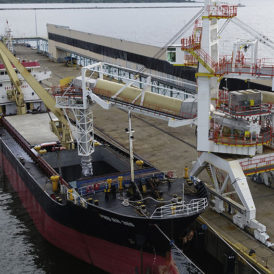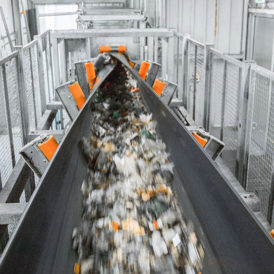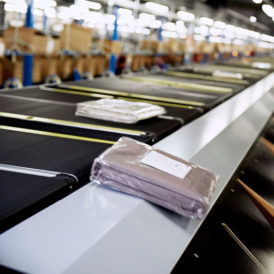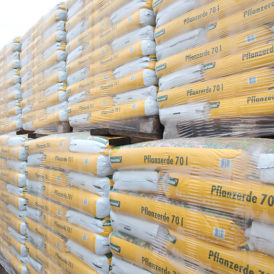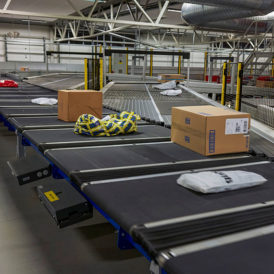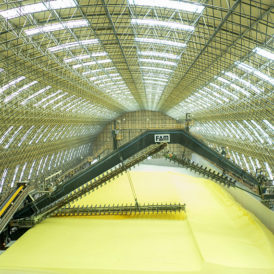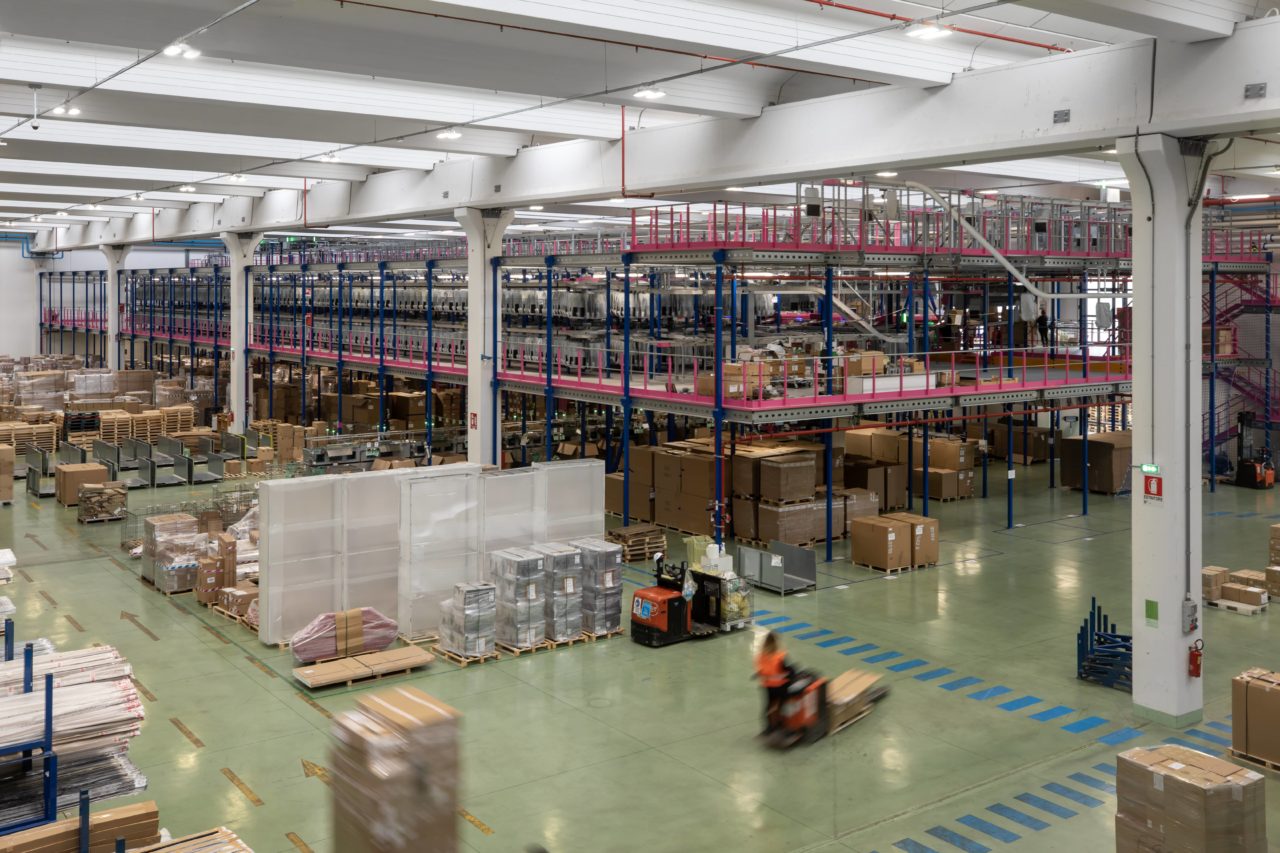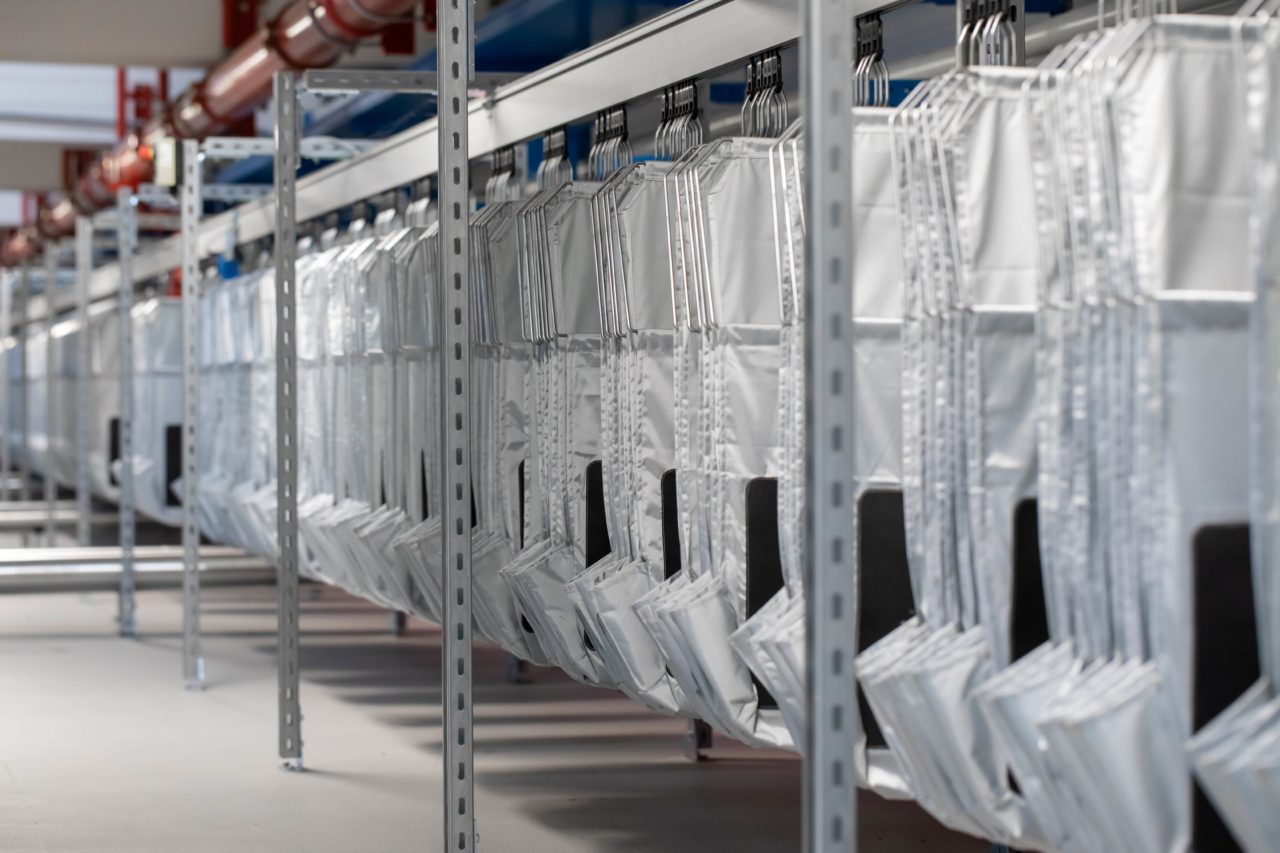By BEUMER Group
This article examines three methods for enhancing the performance and efficiency of your fulfilment centre.
Omnichannel fulfilment: Manage B2B and B2C operations using the same systems
The rise of e-commerce has brought an influx of B2C customers to fashion distribution and fulfilment centres. Combining B2B and B2C – or omnichannel fulfilment – into one operation is something companies should consider as there are great benefits to structuring your business this way. Keeping B2B and B2C operating under different systems makes it challenging for a business to get a full, real-time view into all of their inventory across all channels.
As a fashion intra-logistics operator, you can handle omni-channel fulfilment in a number of ways. Your business-to-business and business-to-consumer production can take place in different locations, or you can combine the two types of fulfilment under one roof. You can manage increasing B2C orders with the aid of technologies like pouch sorter systems, autonomous guided vehicles, robotics, and artificial intelligence.
Choosing a good partner
A skilled systems integrator can help you evaluate the crucial elements described above.
However, investing in automation tools and technology is expensive, and if you invest in technology without first mapping out your needs, you might end up with a solution that doesn’t work in the long run. A systems integrator can help you figure out which tasks need to be automated. They will also know how your current technology can be used to its fullest potential and how you can get ready for future integrations.
Turning returns into profits
As omni-channel logistics becomes more common, fashion fulfilment centres continue to see a significant increase in return rates. The overwhelming number of returns poses many challenges for operators including the cost of items that cannot be resold or discarded, the time in which staff handle and reclassify the product and the extra expense and space needed to handle and store the goods. As a result of these challenges, almost one-third of fashion logistics operations are now devoted to handling returns, and those handling costs have skyrocketed.
While returns are a source of frustration for many fashion logistics companies, they also present an opportunity.
Put it in the pouch
The pouch (or pocket) sorter system can help turn returns into a plus for operators. This specialised fulfilment system technology can transport, sort, sequence, and store both incoming and outgoing items. As a result, it has the potential to simplify and streamline a number of steps in e-commerce fulfilment in general. A modern pouch system design can simplify returns by placing each item straight into a pouch rather than back on a shelf or in conventional storage, where it must be manually picked again if ordered. The system buffers return products that are resold within a given number of days or weeks. Pouch systems also reduce the number of manual touch points, and the fewer times an item is touched, the shorter and cleaner the procedure and the more cost effective.
